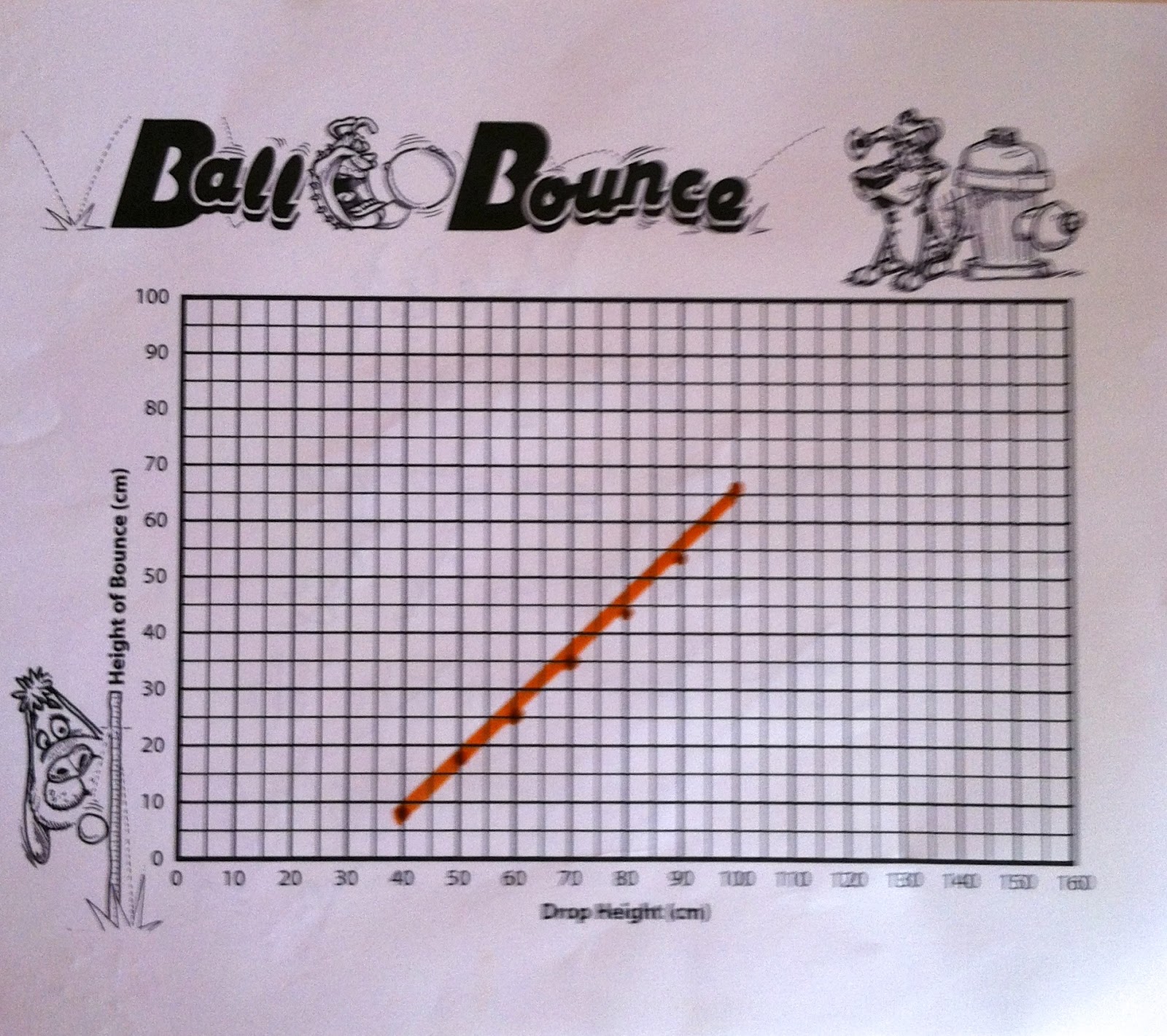Good Morning! This week we have busy working on our TpT lesson plan. Like we said last week it is enormous so it took us all week to complete. We still have to write the bibliography and proof read it, but it should be on our TeachersPayTeachers store on Monday. As soon as we post it we will link you to it. Below are pictures of what will be in our preview. We hope you enjoy it, and we hope that it might be useful to you. We sure had fun writing it and can't wait to use it with our own students.
Next week we plan to begin writing lesson plans to go with a second-grade Reading Streets story called The Twin Club.
This summer, we have been involved in a "book read" discussing the book Igniting A Passion For Reading by Steven L. Layne. Everyone in our group has found this book to be informative and is excited to incorporate many of Layne's motivational reading ideas into our independent reading programs next year. We will share some of the ways we plan to use his ideas in the coming weeks.
Kim had a lot of fun tutoring this week. When working with the student she is tutoring in reading, Kim and her student continued reading the book Nerds by Michael Buckley. The plot continues to get better and better as they get further into the book. As stated last week, this book has fabulous vocabulary words, so she and her student played Hang Mouse on Spelling City so her student could become familiar with the pronunciations and spellings of the chosen words. As the student spelled out each word, Kim would read the sentence from Nerds that had the vocabulary word in it. The student would then try to use the context clues to determine the meaning of the word. He was very successful in figuring out most of the word meanings. Before doing the two Smart Board activities Kim created using those same vocabulary words, her student played Read and Say on Spelling City. In that game, the student is required to find the word and then the computer uses the word in a sentence. It was another way for the student to practice using context clues to define the vocabulary words. Below are screen shots of the Smart Board activities sheTagxedo used to reinforce the word meanings even further.
Creating a Tagxedo project was another fun activity Kim and her student did. Tagxedo, if you're not familiar with it, is very much like Wordle. As they discussed the story and their thoughts about the characters and plot, the student typed key words into the program. When he had a complete list of words and phrases he created what you see below.
 |
| Student's Tagxedo |
 |
| Kim's sample Tagxedo |
Kim has also been having fun working with her math student. This week they worked on dividing, measuring, and finding the mean and median of a set of data. She has been using lesson from Aims Education. This site has wonderful math and science lessons, as well as informative blogs written by the mathematicians and scientists who contribute to Aims.
To help her student learn about division in a concrete manner, Kim used the Aims lesson Camp Fair Share. In this lesson the student reads and acts out division story problems. The "acting out" board is designed so the student has an easy transition into the symbolic representation of division problems. See the pictures below for a better understanding.
 |
| Before dividing |
 |
| After dividing |
 |
| Taking division to a more abstract level |
Since Thursday was such a beautiful warm and sunny day, Kim and her student decided to do a math activity that could be done outside. It was called Ball Bounce. This lesson can also be found at Aims Education. In this lesson they had to drop a tennis ball from different heights and use the data to determine how different drop heights affected the bounce height. They had to find the mean and median of their data and plot that data on a line graph. They found out that the higher they dropped the ball the higher it bounced back up. However, when they found the percentage of the bounce height to the drop height, the ball almost always bounced back up more than 50% of the drop height. This was a fun way to review some of the math concepts they had learned in second grade and to introduce new, more challenging concepts the student will need in third grade.









No comments:
Post a Comment